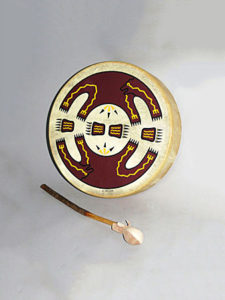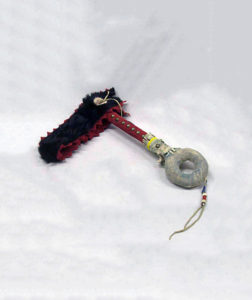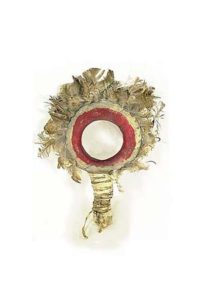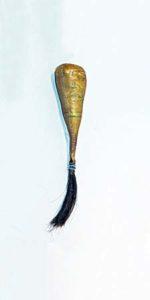Sioux / Oceti Sakowin Oyat
The modern Sioux consist of three major divisions: the Dakota, Lakota, and Nakota and are collectively known as the Oceti Sakowin Oyat (“People of the Seven Council Fires”). They speak one of the three dialects of the same language, Siouan. Within the Oceti Sakowin are seven bands: Wahpekute, Sistonwan, Ihanktown, Ihanktowana, Tetonwan, Wahpetonwan, and Mdewankanton.
At first the Sioux lived in the central Mississippi River Valley and Great Lakes region before moving west following the Iroquois Nation’s conquest of their territory. The term “Sioux” is an exonym created from a French transcription (“Nadouessioux”) of the Ojibwe term “Nadowessi,” which means ‘people of the snake-like river.’
Dakota, also called the Santee, were historically woodland people who thrived on fishing, hunting, and some agriculture. They consist of five bands: Mdewankanton, Wahpetonwan, Wahpekute, Hunkpati, and Sisitonwan.
Lakota, also known as the Teton, forms the largest and most well-known band of the Sioux Nation (Oceti Sakowin). They are known for being strong and fierce warriors. The Teton are divided into seven tribes: the Mniconjou, Itazipo/Sans Arc, Shiasapa, Oohenumpa, Oglala, Sicangu, and Hunkpapa.
Nakota people are primarily of the Yankton and Yanktonai tribes. They split from the Dakota and settled in South Dakota’s prairies. Today, they live in parts of North Dakota, South Dakota, Minnesota, and Canada.
Resource: https://blog.nativehope.org/sioux-native-americans-their-history-culture-and-traditionsor





